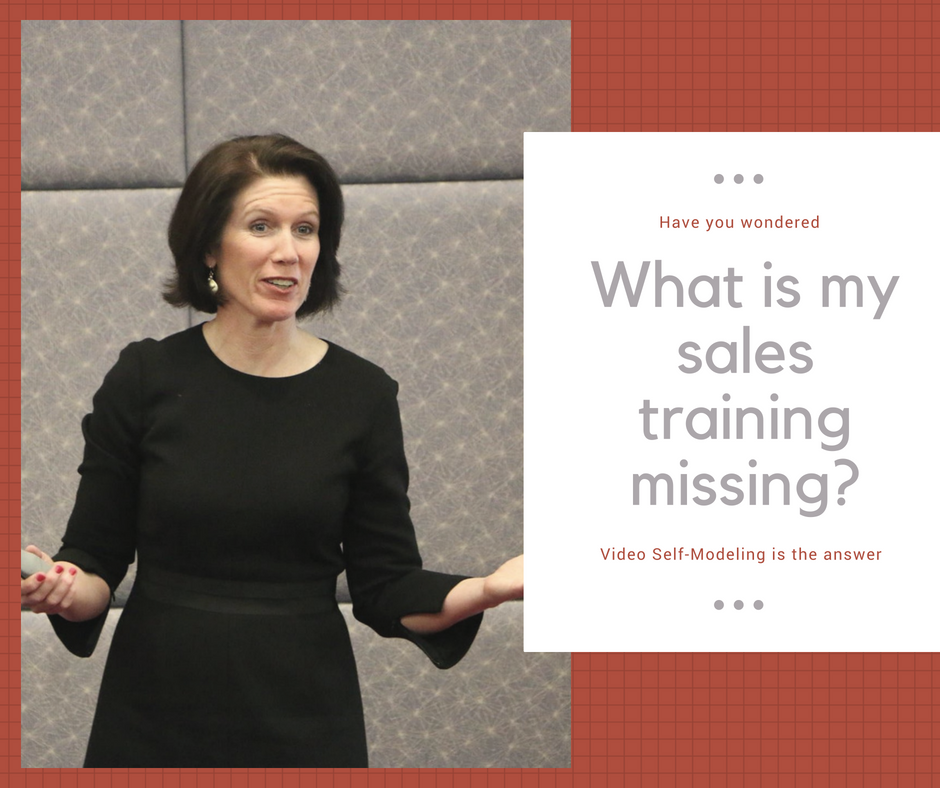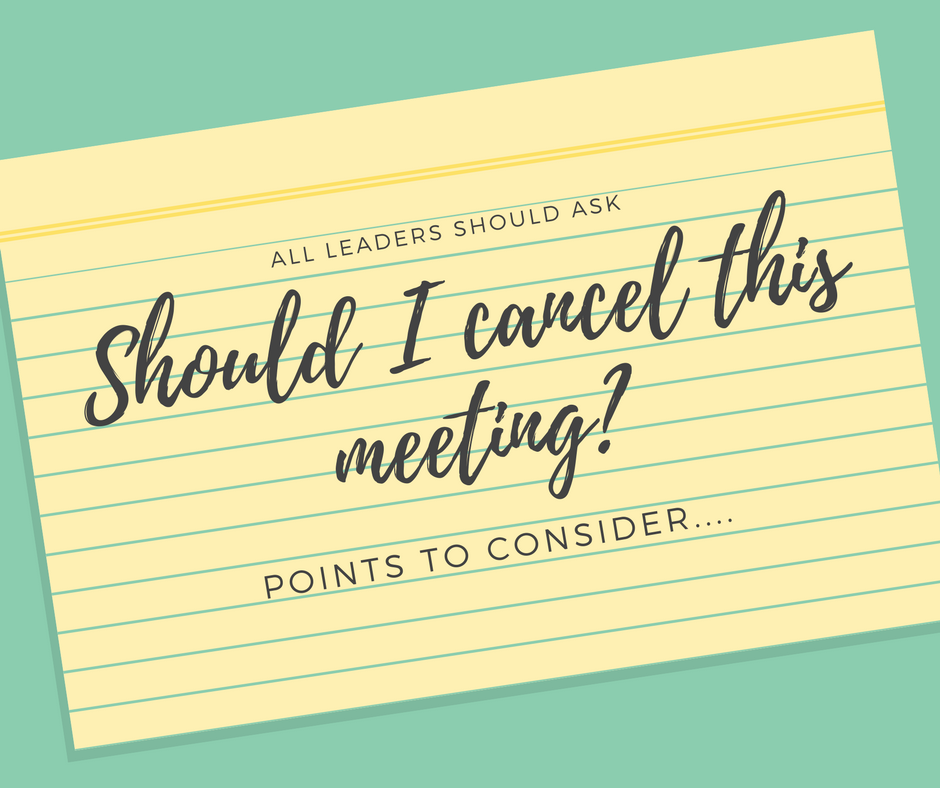Giving a great talk is simple once you know these tricks. First, think about a great talk you’ve seen recently and compare them to the list below. Then follow the tricks and tips at the end of this article to deliver your own memorable speech.
What do great speakers do?
First, think of any great speech you’ve seen. Did they read from a powerpoint? No. They spoke to you.
Did they speak at you, as though they were lecturing you? No. They spoke in a way that allowed you to relate to what they were saying.
Were they dressed poorly? No. They looked good. Their clothes fit well and created an image you wanted to watch.
Were they bored by their topic? No. They were passionate about what they were sharing with you.
Great speakers stand out because they are there to entertain the audience. They aren’t focused on themselves. They look sharp, are passionate about their topic, allow you to relate to the topic and them, and have their focus on the audience.
How to give a great talk
When you are preparing your talk, remember you are there to entertain your audience. They could actually care less about you (unless your mother is in the audience!). Just follow these simple tricks and you will also give a great speech:
- Speak about something that excites you.. Your passion will shine through and excite your audience.
- Dress and groom yourself in a way that looks appealing. Don’t be shy about looking good. It’s not about you, it’s about your audience and their experience. They will enjoy a sharp dresser more than a dull one. The added bonus is you will feel great, too, which will boost your confidence.
- Develop talking points that you want to hit. Know your topic well enough that you can have a conversation with the audience instead of reading from notes. Nothing is more boring than a speaker who reads from notes! Memorize your talking points to make sure you hit them, but otherwise treat it more like a conversation.
- Look at your audience. A lot. Get comfortable with them. This will let you both relate to each other in a natural way.
- Remember that it’s ok to mess up a little bit. If you do, regain your composure and move on. Acknowledging your mistake may even allow your audience to further relate to you. Check out the beautiful TEDxWilmington talk by Valerie Biden Owens for a great example of how to handle a mistake and invite the audience to be on your side in the process.
- Smile, but only genuinely. Again, let your passion show.
How to bring it all together with Uveo
Once you have your topic, outfit, and talking points in place, start practicing. Set your phone or a tablet up on a tripod or mantelpiece and record yourself. You can even turn the camera around so you can watch yourself as you’re recording. This will probably help you see that you need to smile more!
Watch your first recording and decide what you did and didn’t like. Ask friends to watch the video and give you feedback on what was good and what wasn’t great. Then re-record, probably a few times, until you have a version you really like. Once that happens, only watch the best version. This technique is known as Uveo and helps your brain’s mirror neurons light up, which will help you deliver the best speech you can. Do NOT watch your mistakes. It is vital that you only watch your best version, which should be mistake-free.
Once you get up to deliver your talk, remember to look that audience in the eye. They are there for you and you are there to entertain them. Remember that and you will give a great talk!
(Photo credit: Moonloop Photography)





